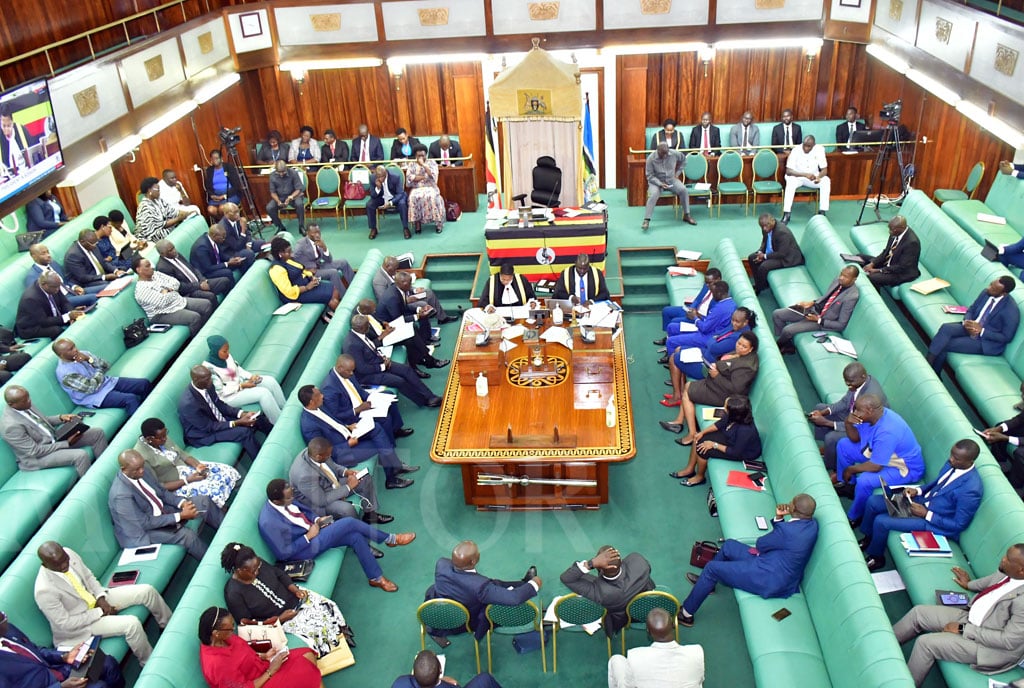Uganda deficit drops

There have been fewer new infrastructure projects in the country. FILE PHOTO
What you need to know:
- Statistics. Bank of Uganda data shows that imports declined by 2.2 per cent between February and April 2017 - equivalent to $24m.
Kampala.
Uganda’s current account deficit dropped by $43.9m to $131.1m during the quarter ended April 2017 due to falling government imports as well as declining local consumer demand.
Latest data from the Bank of Uganda (BoU) shows that total imports declined by 2.2 per cent between February and April 2017 - equivalent to $24m - mainly because of fewer government project imports.
This has left many households cash-strapped and businesses struggling to stay afloat. Export revenues also fell by 5.8 per cent during the same period.
In comparison, the country’s current account deficit fell by $46.4m to $177.5m in the quarter that ended in April 2016. This has raised optimism among economists.
A smaller deficit implies less pressure on the Shilling by government agencies and local businesses seeking to buy dollars to pay for imports.
Imports related to inputs required for execution of large infrastructure projects in the energy and transport sector, sizeable inflows of cosmetics and fruits from South Africa and Asia and heavy industrial machinery imported by manufacturers are widely blamed for Uganda’s current account deficit.
Over the past three years, it averaged more than $200m per annum, data shows.
While the shilling came under intense pressure from the dollar, core inflation rose steadily as prices of imported goods and services edged upwards.
In April 2017, the real exchange rate depreciated by four per cent compared with the 3.9 per cent depreciation in March 2017. Core inflation stood at 5.7 per cent in February but dropped to 4.7 per cent in March, before rising to 4.9 per cent in April 2017, BoU statistics show.
Easing of pressure on the shilling have partly minimised foreign exchange market intervention costs incurred by the BoU and spurred modest growth in the country’s foreign reserves.
The foreign currency reserves were estimated at $3.2b by end of April 2017, a figure equivalent to 5.1 months of future imports of goods and services, according to BoU data.
“The relatively steep exchange rate discouraged importers in previous months and led to a lower current account deficit. Also, prevailing poverty levels have forced many importers to slash their purchase orders,” said Dr Adam Mugume, BoU’s executive director for research.
Forex stability
The exchange rate is likely to stabilise in the range of Shs3,550 to Shs3,600 to the dollar over the next six months because of demand for imports but could come under pressure from multinationals seeking to procure imports and repatriate profits.
“Government’s reluctance to pay the many local suppliers billions of shillings in arrears over the past two years is partly responsible for the drop in the current account deficit.
How do you expect someone to import anything if they have not been paid for previous supplies dating back several months?” Oscar Ofumbi, a businessman, asked.




